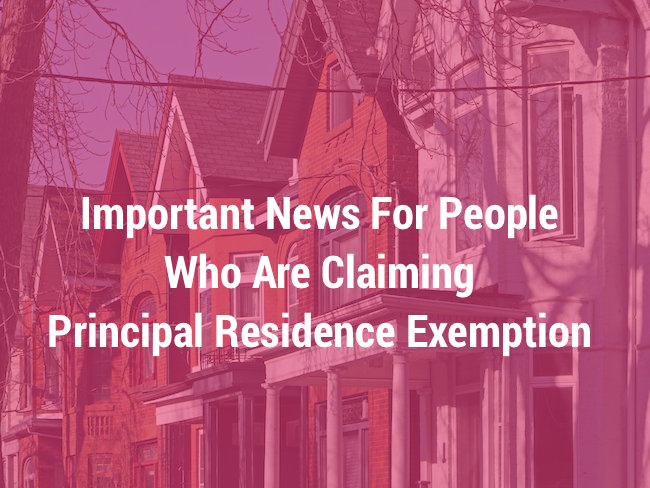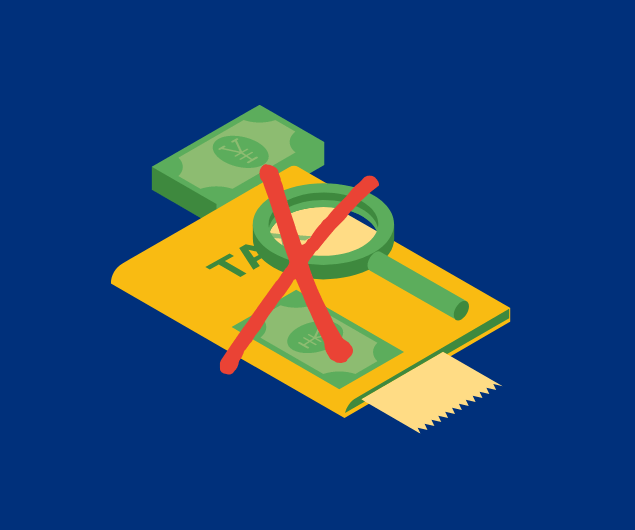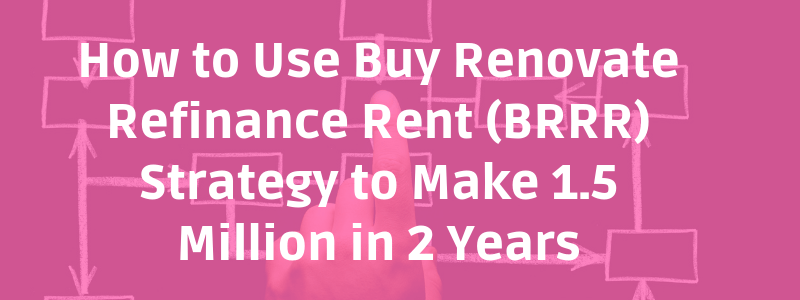As a child who grew up in Hong Kong, we never really celebrated Halloween.

I did go to a couple of haunted houses as a teenager in Toronto, but we never really went out trick-or-treating.
It was the first time I crafted a pumpkin last year (when Robin was old enough to somewhat understand what was happening).
Now that the kids are old enough to understand dressing up to ask for candies, both Erwin & I got our costumes this year.
Both of us went out in our costumes with the kids for trick-or-treating. It was fun and sweet to remind Robin at every house that she had to say “trick or treat” to the person answering the door.
She’s a shy girl. She only turned to mommy and said “trick or treat” in a low voice.

It was also crazy to see how Bruce, who knows how to say about 10 to 20 words at most, lifted up his bag and asked for candies too. 🙂 He gets what Halloween is all about even though he can’t speak!
Kids are smart. 🙂 🙂
I attended a professional development course hosted by Louise Summerhill, a tax lawyer who works for Aird Berlis LLP, a large law firm in Toronto.
It was always a treat to attend her seminar, get the update on what is happening in the market.
When CRA audits you, you may disagree with their ruling.
If that’s the case, you can file a Notice of Objection to fight for your position. At times, it is handy to have a lawyer defending your position.
After the Notice of Objection stage, you can take it to court if you still do not agree with their ruling.
More often than not, there’s a settlement in between so we don’t really get to see the cases going to the court level.
I would say she spent most of her time in the Notice of Objection stage and the court stage. So it is always a treat to listen to her experience, especially the one related to real estate.
CRA has focused their energy on the residential real estate market for a while. (They should, given that many people made their wealth in the residential market.)
There are two parts of their initiatives. One is the claim of principal residence exemption. The second one is the HST rebate on new homes purchase.
I am going to talk about the audit initiative CRA has started on principal residence exemption for the last few years and what I’ve learned from attending the seminar.
A few investors asked me about the new requirement to report sale of principal residence after I completed my last blog.
Few taxpayers actually understand that you can only qualify to claim principal residence exemption on a particular property if that property is a “capital property”, even if you truthfully live in that property.
Then the question is, what’s “capital property”?
It’s also helpful to look at the other side of capital, that is “business property”, can sometimes be referred to as inventory.
Business is income. All profits you made from the sale of the property is considered income. A good example is flipping houses.
Capital property, in the context of residential real estate, can be your long-term buy and hold. Profits from the sale of this long-term buy and hold are considered capital gain. Only 50% of capital gain is taxable.
Capital property, if you reside in it, you are eligible to claim principal residence exemption on the profit and hence shelter a portion or all of the gain. No tax liability.
CRA uses a set of criteria to determine whether a property is capital property or business.
They look at the taxpayer’s course of the conduct. So if a taxpayer moves into a new home, renovates it, sells it, and does so repeatedly, CRA may take the position that this does not qualify for capital property.
Not a capital property, no principal residence exemption.
The profits on the sale are treated as income. Ouch!
They also look at whether the taxpayer has insider knowledge of the real estate market.
CRA had taken the position anyone that had any type of profession related to the real estate is considered to have special knowledge of the real estate market.
From real estate agents, mortgage agents, real estate lawyers, to as far fetch as an engineer working in the construction industry.
If you have insider knowledge, the transaction is more likely to be considered as income account, not capital. Ouch!
Again, 100% taxable, no principal residence exemption.
They also look at the taxpayer’s primary and secondary intention.
As I often said in my presentation, problem is, intention is subjective.
How do you prove your intention at the time?
A taxpayer’s intention was always to move into the property and stay there for a long time.
Circumstances change and sometimes we have to move on. That’s called life.
Ms. Summerhill’s experience was that CRA would take the purchase of 2nd property (after the sale of the 1st home) to prove that the 1st sale was intended to be trading property.
1st sale was ruled as business income and no principal residence exemption was allowed. Ouch!
With new homes, CRA took the position to go after taxpayers who did not reside in the homes for more than one year.
The truth is, the law does not require the taxpayer to live in the property for more than one year to claim it as principal residence.
The test for principal residence is whether a taxpayer “ordinarily inhabits” the property.
CRA also does not take into consideration the occupancy period (the period that allows the owners to move in but property has not closed yet).
If you purchase a new condo, move in during occupancy period for 7 months, live there for another 8 months and sell it, CRA may still be going after you even though you’ve lived in the property for over 12 months.
If you purchase a new house with the intention to move in, but life circumstances change and you did not move in, you also can’t claim that new house as your principal residence. Intention does not matter in the context of principal residence.
What if you truthfully lived in the property, you realized that the place was way too small for your growing family and moved out? And you needed the money from the sale to purchase your second home?
In this case, documentation matters to prove that you “ordinarily inhabits” this property.
Change addresses for all government related matters – driver license, tax returns address, OHIP, etc.
Life pictures can also be useful to defend yourself that you truthfully live in the place. Pictures of birthday parties, Halloween parties, Christmas parties, etc. can also be evidence that you lived there.
Oh yes, email correspondence among your friends to plan the parties can also substantiate your claim!
_________
We will discuss the HST audit initiative in the next blog post. 🙂
Until next time, happy Canadian Real Estate Investing.
Cherry Chan, CPA, CA
Your Real Estate Accountant





